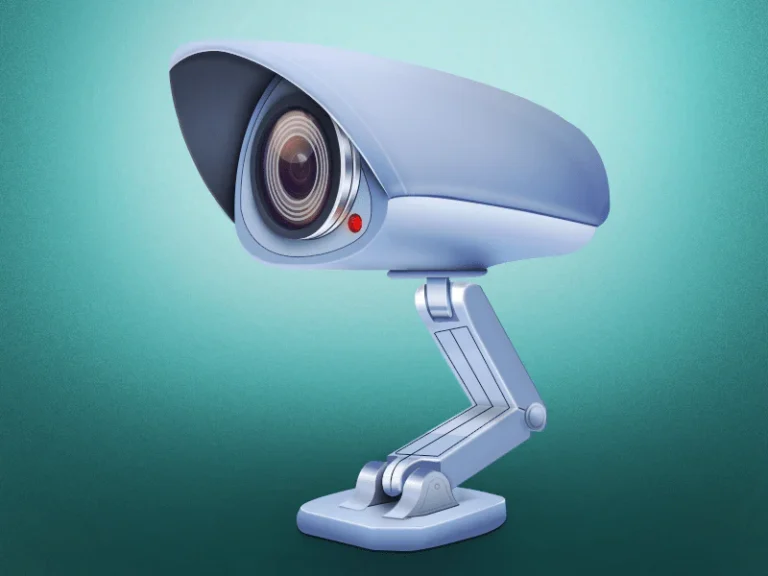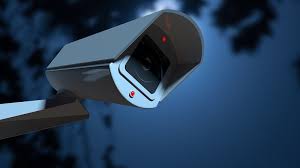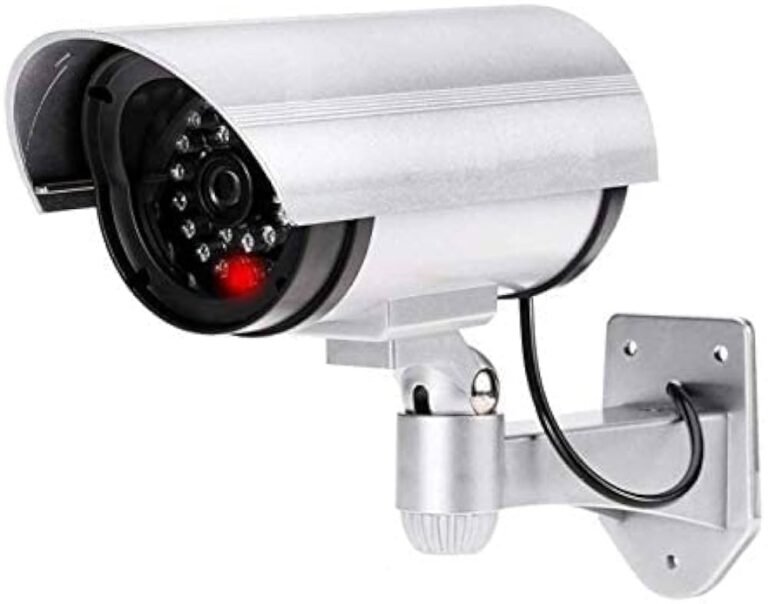防犯カメラの映像から鮮明な画像を取得する方法

CCTV の足元から鮮明な画像を取得するには…
Monitors serve as essential interfaces between users and their digital environments, ranging from personal computers to professional workstations and beyond. In the realm of personal computing, monitors are crucial for displaying visual information generated by computers, offering users a window into their digital activities. These displays come in various sizes, resolutions, and technologies, catering to diverse needs from basic browsing to immersive gaming and professional content creation.
For everyday users, monitors are often chosen based on factors like size, resolution (such as Full HD or 4K), refresh rate (important for smooth motion in gaming and video playback), and panel type (like IPS for color accuracy or TN for faster response times). These factors contribute to the overall visual experience, affecting everything from text clarity to color vibrancy and viewing angles.
In professional settings, monitors play a critical role in tasks ranging from graphic design and video editing to financial analysis and medical imaging. Professionals typically prioritize monitors with high color accuracy and uniformity, ensuring precise representation of visual content. Specialized monitors, such as those used in medical fields, are designed to meet stringent standards for diagnostic purposes, displaying detailed medical images with exceptional clarity and consistency.
Technological advancements continue to shape the evolution of monitors. Features like curved screens enhance immersion, while HDR (High Dynamic Range) support improves contrast and color depth. Additionally, ergonomic designs with adjustable stands cater to comfort during prolonged use, reducing strain on the eyes and neck.
Looking forward, monitors are expected to integrate even more advanced technologies, such as OLED panels for superior contrast and energy efficiency, and adaptive sync technologies like NVIDIA G-Sync or AMD FreeSync for tear-free gaming experiences. As the demand for high-quality visual experiences grows across consumer and professional markets, monitors will likely continue to innovate, offering ever-improving displays that enrich how users interact with their digital content.
Advancements in technology have also influenced the evolution of CCTV monitors. Modern monitors now incorporate digital enhancements like motion detection, low-light visibility, and integration with advanced analytics software. These features not only improve surveillance capabilities but also automate certain aspects of monitoring, such as alerting operators to suspicious behavior or unauthorized access in real-time.
Beyond security applications, CCTV monitors are also utilized in industrial settings for monitoring production lines, in traffic management for monitoring intersections, and in educational institutions for campus surveillance. Each deployment requires monitors tailored to specific environmental conditions and operational demands, ensuring reliable performance under varying circumstances.
In conclusion, CCTV monitors are indispensable tools in contemporary surveillance infrastructure, offering enhanced security, operational oversight, and situational awareness across diverse sectors. As technology continues to advance, these monitors will likely evolve further, incorporating more sophisticated features to meet emerging security challenges and operational needs.

CCTV の足元から鮮明な画像を取得するには…


CCTV に不満を感じています…

CCTV カメラが動作しているかどうかを確認するには…

カメラの LED は点灯しているのに…

夜間視力カメラのちらつきを防止…

CCTV カメラが故障しても慌てないでください…

CCTV カメラをフリーズするには、まず電源を入れます…

従来の防犯カメラは多くの場合…